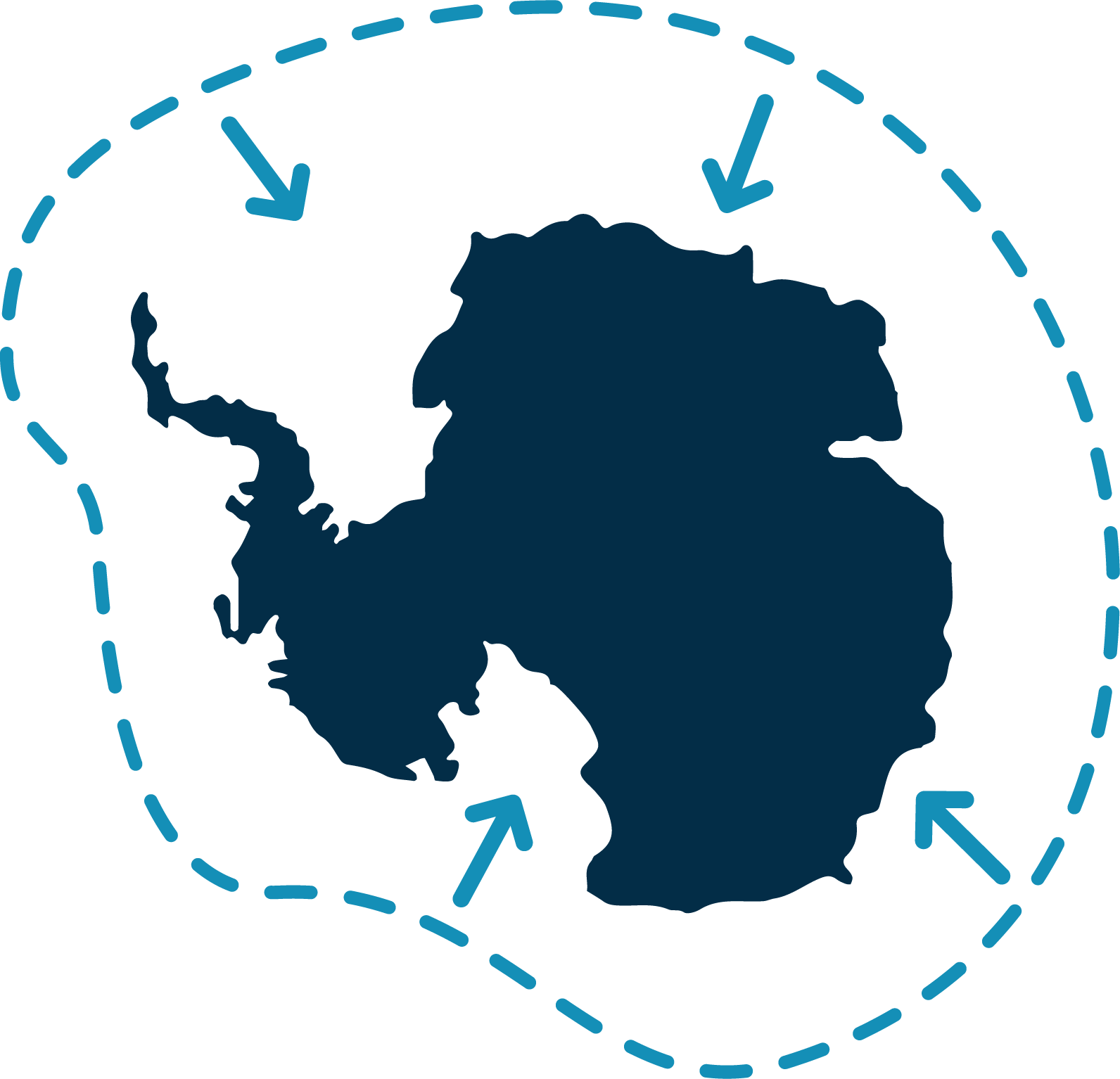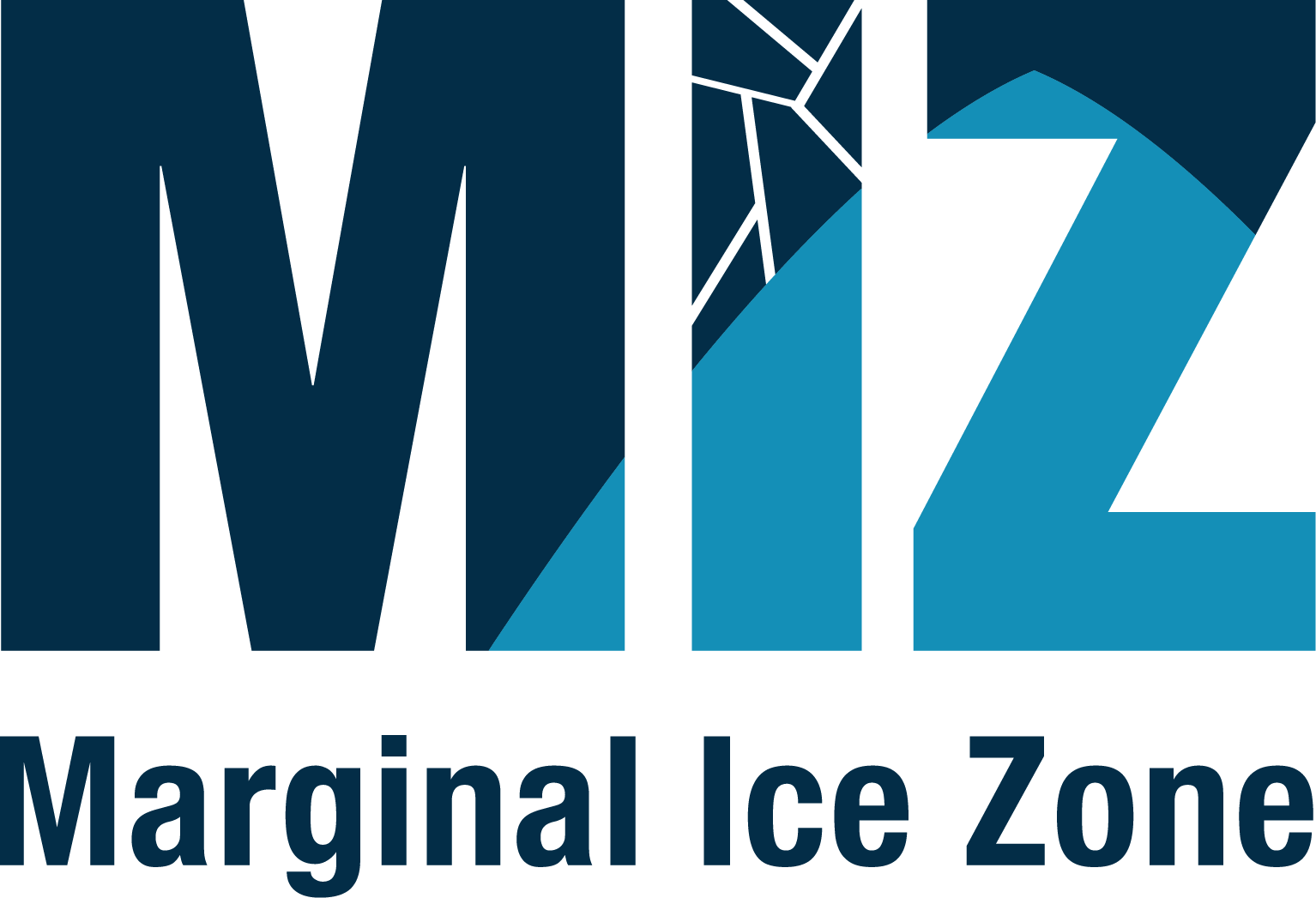
What events contribute to reductions in the Antarctic sea-ice extent?

How do biogeochemistries and ecosystems link to atmosphere and cryosphere?

Are critical feedbacks from altered sea-ice buoyancy, heat fluxes, albedo, particle nucleation, momentum, biologically mediating climate-active gases?

What level of model coupling better predicts sea-ice change?
In recent decades the polar oceans have undergone significant change, as exemplified by the dramatic loss of sea ice in the Arctic. In an apparent paradox, the Antarctic sea-ice extent increased over the observational record despite global warming reaching an all-time maximum during austral winter 2014. Yet soon after getting maximum extent, the extent of Antarctic winter sea-ice shrunk to a record low in 2016 (Fig3.1) and remained low in subsequent years (Fig3.2). Reductions in sea ice have been shown to have significant ramifications for Antarctic marine ecosystems and Southern Ocean biogeochemical cycles (e.g., Henley et al. 2020).
State-of-the-art numerical models did not mirror the persistent increase in Antarctic sea-ice extent nor its collapse. We are left to question our understanding of the polar (and hence global) system. What will be the future of critical Earth System processes such as the radiation balance and carbon uptake? The carbon cycle is sensitive to changes in sea ice because ice cover modulates the uptake of carbon dioxide. Defining processes in Southern Ocean biogeochemistry (BGC) will improve predictions of the changes in the oceanic carbon cycle in response to sea-ice change. This fit-for-purpose observational program will lay the groundwork for long-term monitoring of the BCG system. The MIZ study will also probe the role of sea ice in modifying ecosystem functions.
Such a multi-disciplinary measurement campaign with novel numerical models and deep-learning data analysis will step-up our knowledge of the Antarctic sea-ice system. However, the marginal ice zone presents severe challenges to observe, measure, sample, and monitor. The setting is highly dynamic. Ice floes, often heaving, sometimes aggregate in bands interspersed with swaths of open water. Passing atmospheric systems (cyclones) generate waves and swell action, rapidly changing sea-ice location and weather conditions. The new Australian icebreaker RSV Nuyina enables such a challenging program, and an exciting component of this endeavour is equipping the vessel with scientific and data management capability.
